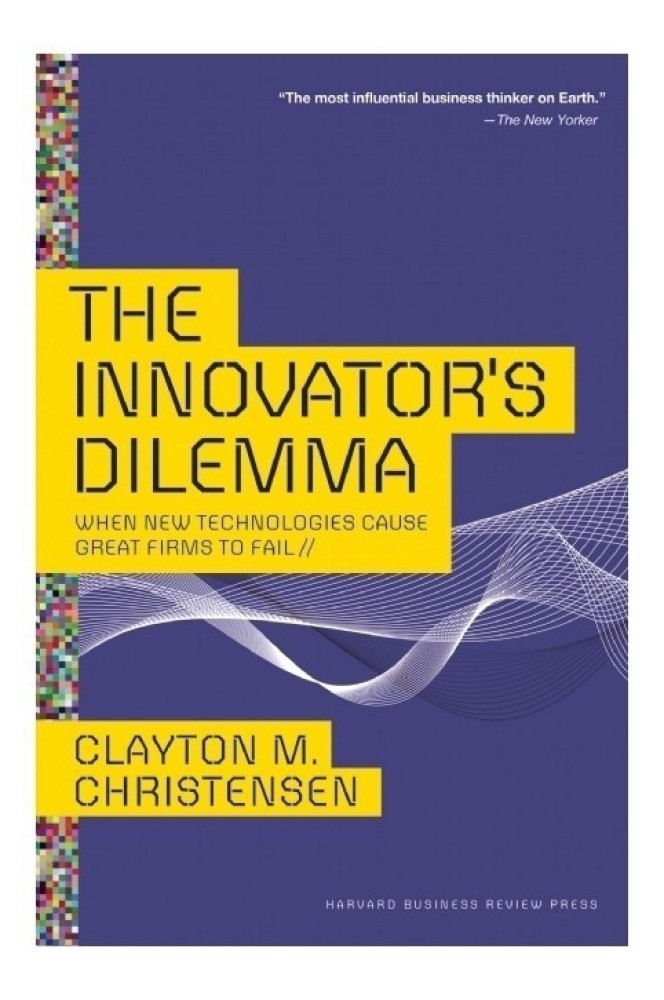In the ever-evolving landscape of business, why do large, established companies often fail in the face of disruptive innovations? Clayton M. Christensen, in “The Innovator’s Dilemma,” presents a compelling analysis of this paradox, exploring the mechanisms that lead to the downfall of industry giants and the rise of upstarts.
Disruptive vs. Sustaining Innovations
Christensen distinguishes between two types of innovations:
- Sustaining Innovations: These are improvements made to existing products or services that cater to the demands of high-end customers. They’re about doing what you already do, but better.
- Disruptive Innovations: These are new products or services that initially cater to a niche or lower-end market but eventually upend established players by capturing a larger market share.
The Trap of Success
One of the central tenets of the book is that the very practices that make companies successful can also be their downfall. Established companies focus on meeting the needs of their current customers and investing in sustaining innovations. This leaves them vulnerable to disruptive innovations, which they often overlook or dismiss until it’s too late.
The Role of Management
Christensen argues that it’s not poor management that leads to the downfall of companies but rather good management practices applied in situations where they’re not appropriate. Managers, driven by data and established processes, often fail to recognize the potential of disruptive innovations.
Strategies for Navigating Disruption
The book isn’t just a diagnosis of the problem but also offers solutions. Christensen suggests that companies should set up separate teams or units to focus on disruptive innovations, allowing them the freedom to operate outside the constraints of the main business.
Five Key Learnings from “The Innovator’s Dilemma”
- Recognize the Two Types of Innovations: Understanding the difference between sustaining and disruptive innovations is crucial for strategic decision-making.
- Beware of Complacency: Success can breed complacency. Companies need to be vigilant and open to change, even if it means disrupting their own business.
- Value Exploration Over Data: In the realm of disruptive innovations, historical data might not always be the best guide. Exploration and experimentation are key.
- Separate Teams for Disruption: To truly harness disruptive innovations, companies might need to set up separate teams or units with different processes and priorities.
- Stay Customer-Centric: At the end of the day, innovations, whether sustaining or disruptive, should aim to deliver value to customers.
Related Readings
- “Competing Against Luck” by Clayton M. Christensen: A deeper exploration into the “Jobs to Be Done” theory and understanding customer choices.
- “Seeing What’s Next” by Clayton M. Christensen, Erik A. Roth, and Scott D. Anthony: Predicting and shaping the future of industries using theories of innovation.
- “Blue Ocean Strategy” by W. Chan Kim and Renée Mauborgne: A guide on creating uncontested market spaces and making competition irrelevant.
Conclusion
“The Innovator’s Dilemma” is a seminal work that has reshaped the way businesses think about innovation and strategy. Christensen’s insights, backed by extensive research and real-world examples, provide a roadmap for companies to navigate the treacherous waters of disruption. In today’s fast-paced business environment, understanding and addressing the innovator’s dilemma is more crucial than ever.
